Thoughts on Saint John Paul II at 101
Greatness Not Signaled by Humble Origin
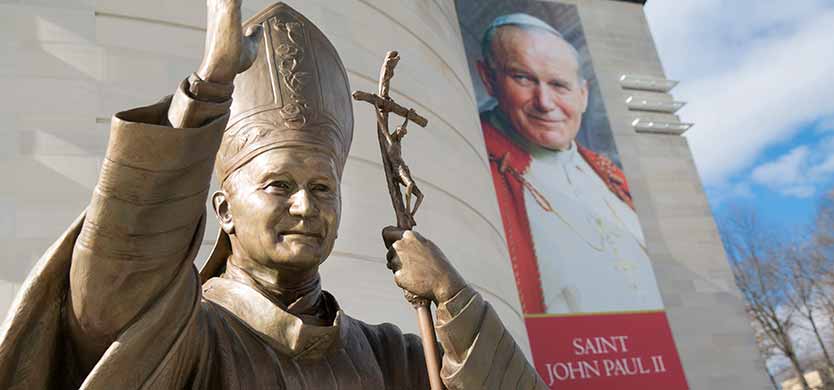
Saint John Paul II was born 101 years ago today, May 18, in Wadowice, Poland.
He was the third of three children born to Karol Wojtyła and Emilia Kaczorowska, who died in 1929. His elder brother Edmund, a physician, died in 1932, and his father, Karol, a non-commissioned officer in the army, died in 1941.
Nothing in his official Vatican biography suggests that this was a man destined to:
- Become the first non-Italian Pope in centuries.
- Serve the second-longest time among history’s Popes.
- Play a central role in the downfall of communism in Eastern Europe and the expansion of religious freedom.
- Inspire a generation of young priests burning with the faith.
- Leave a remarkable literary legacy, including the Theology of the Body and the Catechism.
- Travel the world with the fervent message of the New Evangelization.
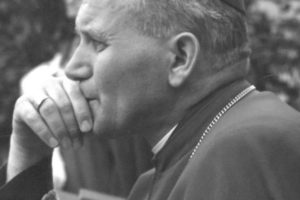
“Nazareth! Can anything good come from there?’ Nathanael asked. ‘Come and see,’ said Philip.” John 1:46.
A paraphrased question might ask “what Pope could come from Poland, let alone Wadowice, a small town 35 miles southwest of Krakow. Wadowice is today mainly a center for tourism and sightseeing, but also a place for small industries such as the production of machines and construction materials. There is also the headquarters of the biggest juice-maker of Poland, Maspex, and the shoe producer Badura.
Wadowice has about 20,000 people, making it a fourth the size of today’s Nazareth, a city in Israel with a mostly Arab population.
Yet despite suffering many losses in life, living under Nazis and Communists, and his humble beginnings, Karol Wojtyła would become Pope John Paul II — and a saint.
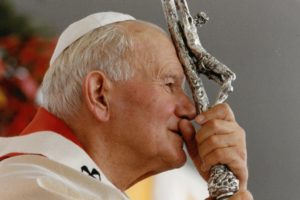
Every Catholic has a favorite quote of John Paul II:
- “Freedom consists not in doing what we like, but in having the right to do what we ought.”
- “As the family goes, so goes the nation and so goes the whole world in which we live.”
- “Violence and arms can never resolve the problems of men.”
- “Radical changes in world politics leave America with a heightened responsibility to be, for the world, an example of a genuinely free, democratic, just and humane society.”
- “The question confronting the Church today is not any longer whether the man in the street can grasp a religious message, but how to employ the communications media so as to let him have the full impact of the Gospel message.”
- The historical experience of socialist countries has sadly demonstrated that collectivism does not do away with alienation but rather increases it, adding to it a lack of basic necessities and economic inefficiency.
Perhaps his most powerful quote was his simple encouragement: Be not afraid.
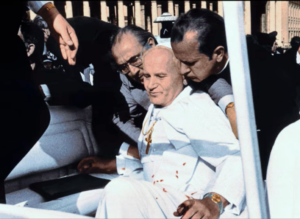
Many people — Catholic and non-Catholic — have a favorite picture of John Paul II. There is a great selection at the Saint John Paul II National Shrine in Washington. Give his long tenure as Pope, the world watched the hale and hearty young Pontiff age, become weakened by an assassination’s bullet, and suffer the ravages of Parkinson’s Disease. It is easy to admire the youthful pictures of the Pope hiking in the mountains, skiing, or boldly proclaiming the gospel from stages around the world.
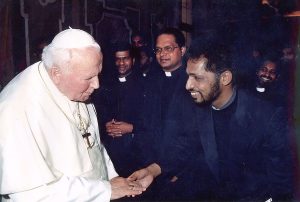
But the pictures that exhibit his sacrificial suffering have a special, spiritual appeal: held in the arms of his colleagues on May 13, 1981, bleeding with a bullet close to his heart; continuing to conduct audiences despite the impact of age and disease.
The introductory words of the National Shrine’s website nicely summarize the impact of John Paul II: “Pope John Paul II was seen by billions of people. Millions would claim that he changed their lives. The Saint John Paul II National Shrine explores how this 20th-century saint inspires Catholics of every age to renew their faith and hope in Christ, and thereby continue to change the world.”
Related

Thousands of faithful bid farewell to Pope Francis in St. Peter’s Square
Exaudi Staff
26 April, 2025
2 min
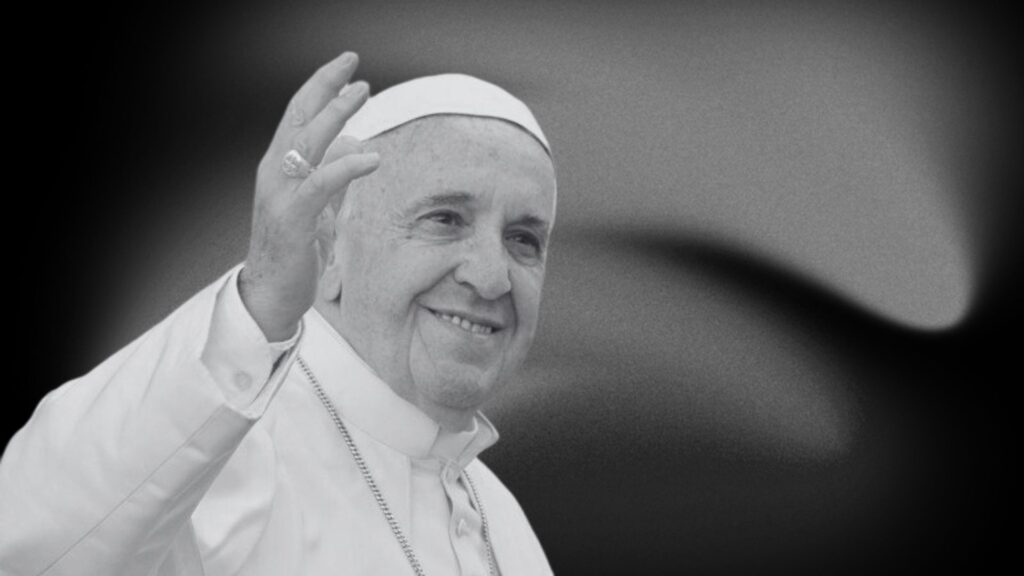
Saying Goodbye to Francis
Exaudi Staff
26 April, 2025
2 min
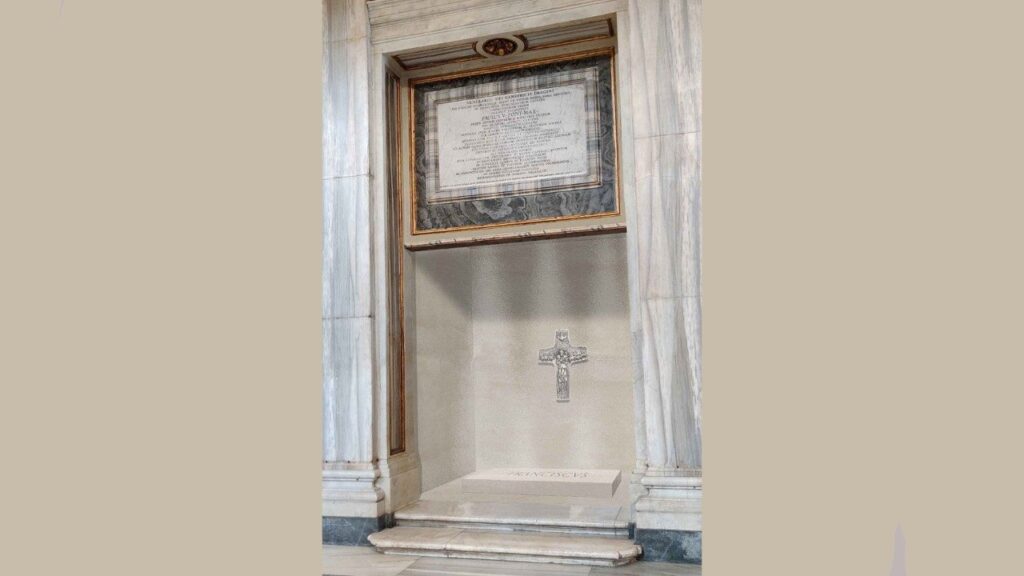
Francis’s Tomb: A Legacy of Humility and Closeness
Exaudi Staff
25 April, 2025
4 min

The Family: A School of Love, Forgiveness, and Hope
Laetare
25 April, 2025
3 min
 (EN)
(EN)
 (ES)
(ES)
 (IT)
(IT)

